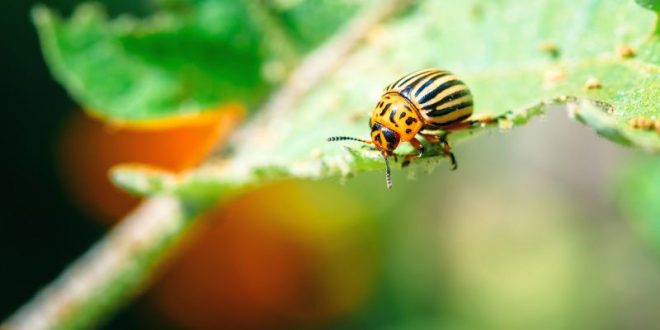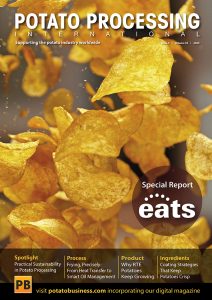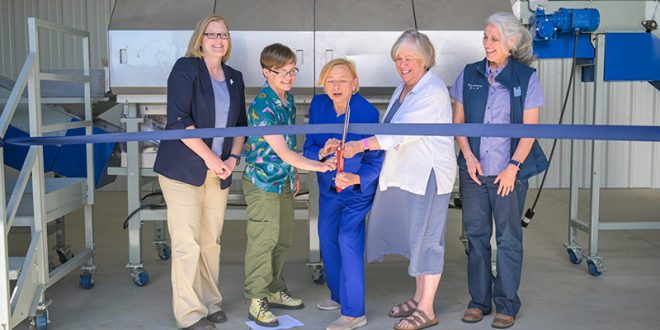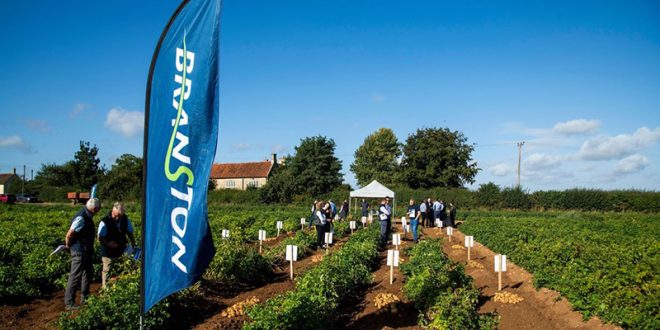The Colorado Potato Beetle Reappeared in the UK After More Than Four Decades

Following confirmation of Colorado potato beetle larvae in Kent by the Animal and Plant Health Agency, growers, farmers, processors, and the general people are urged to exercise caution.
The Colorado potato beetle (Leptinotarsa decemlineata), which was discovered in a field in Kent on Tuesday, July 11, was identified by Defra and the Animal and Plant Health Agency (APHA).
Following laboratory analysis of samples collected by APHA’s Plant Health and Seeds Inspectorate, confirmation was given. Although the beetle is endemic in much of Europe, this is the first time an outbreak has been reported in the UK since 1977.
APHA is collaborating with the affected producer to eliminate the pest from the site, which includes conducting a 1km survey to identify whether there are any further cases outside the immediately-infested region.
Colorado potato beetles pose a severe threat to potato harvests if not exterminated. Adult beetles and larvae eat on the foliage of potatoes and other nightshade plants, and if allowed unchecked, can entirely strip them of their leaves. They do not, however, pose a risk to human or animal health.
“Following a report, our experts have identified the presence of Colorado beetle larvae in a potato field in Kent. We are responding swiftly through our eradication program, involving ground surveillance to look for beetles and larvae at the outbreak site and surrounding area. Whilst this pest does not pose a threat to human health, we encourage all growers, farmers, processors, and the public to remain vigilant and report any sightings, especially in Kent,” UK Chief Plant Health Officer, Nicola Spence, said.
The beetle is not native to the United Kingdom and is currently classified as a quarantine pest, with import and movement restrictions in place for susceptible host material. To support our efforts to maintain this classification, APHA is committed to acting on current discoveries and eradicating this pest. Statutory Notices will be issued to ensure that this pest is contained and eradicated.
Farmers and producers, in particular, are being urged to be on the lookout for signs of the pest. The beetle is brilliant yellow or orange with black stripes and measures 8.5-11.5mm long and 3mm wide. Its larvae are a reddish brown color, spherical and globular in shape, and up to 15mm long.
Despite their different look, various beetles are frequently mistaken for them. The Colorado potato beetle plant pest fact page has more information about the beetle’s life cycle and how to distinguish it from some of our native and invasive species.
The beetles are occasionally brought into the UK from continental Europe as ‘hitchhikers’ on non-host plant material such as leafy vegetables, salad leaves, fresh herbs, and grain, and the finds are reported to the UK Plant Health Service, which takes appropriate action. There have been two outbreaks of Colorado potato beetles in the United Kingdom in the last 70 years, one in 1976 and one in 1977. Both epidemics were quickly eradicated after they were discovered.

















